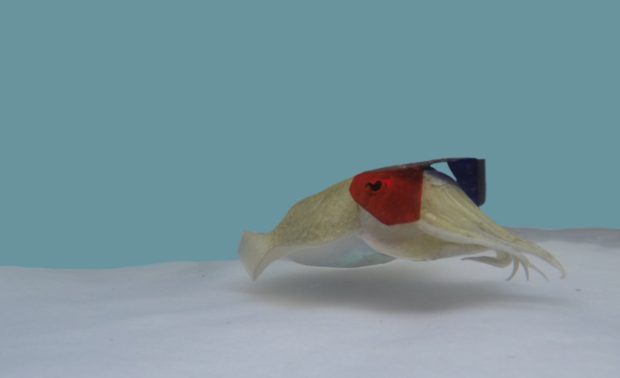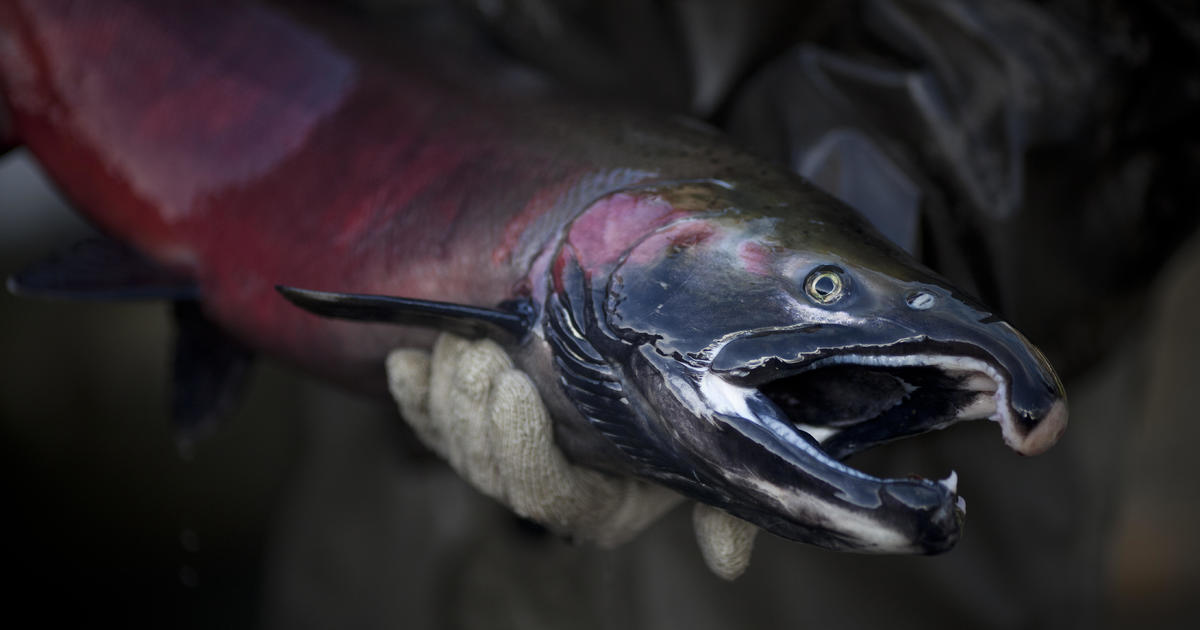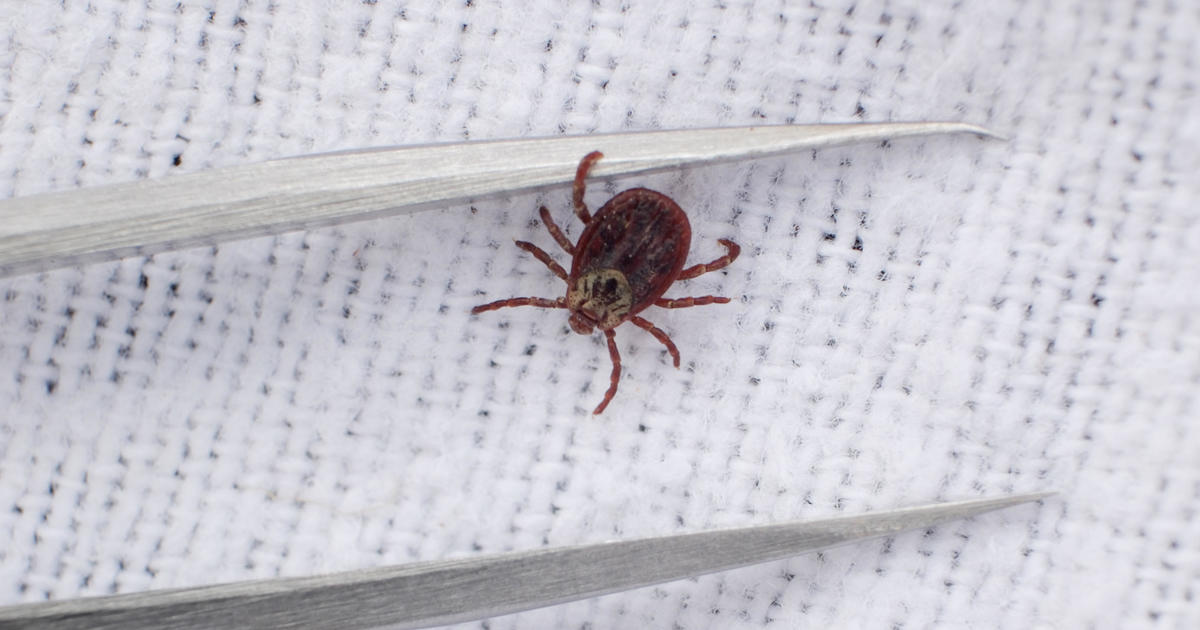Scientists put 3D glasses on cuttlefish and played movie clips. Here's what they discovered
Cuttlefish aren't wearing 3D glasses to enjoy state-of-the-art movie theater technology, but rather to help scientists better understand how they see the world. It turns out that when it comes to depth perception, these little squid-like sea creatures are extremely skilled.
A study published Wednesday in the journal Science Advances suggests that, contrary to what scientists believed in the past, cuttlefish can see in three dimensions and use their brains to perceive depth.
The lead author of the study, Trevor Wardill, an assistant professor of ecology, evolution and behavior at the University of Minnesota, told CBS News that getting the 3D glasses on the cuttlefish was not an easy task.
"We glued Velcro to the skin of the cuttlefish and then fastened the 3D glasses to the Velcro on the skin," he said. He added that the mollusk was immediately given a shrimp as a reward for its performance.
Once the cuttlefish got used to the glasses, scientists showed them animated images of shrimps — their main prey. In order to determine how the creatures use information from both their eyes, the researchers observed where the cuttlefish attempted to strike at the perceived location of the shrimp.
The result surprised them. Cuttlefish extended their tentacles and attacked the on-screen shrimp the same way they would have done it in wild. When the researchers made the shrimp film images seem nearer or farther away, the cuttlefish would change their position in the tank before making a sudden strike at the shrimp using its tentacles.
Their conclusion was that the species' vision works in a similar way to humans'. The researchers were able to determine that cuttlefish can account for the differences between what their eyes see using computations in the brain — known as stereopsis — and consequently adjust their position in the tank in real time. This means their brains allow them to discern distances. This "extraordinary" coordination between the eyes and the brain was once thought to be unique to vertebrates.
This discovery was a huge revelation for the researchers. "We were thrilled! This is not surprising for mammals, but it's a remarkable outcome for this kind of invertebrate," Wardill said.






